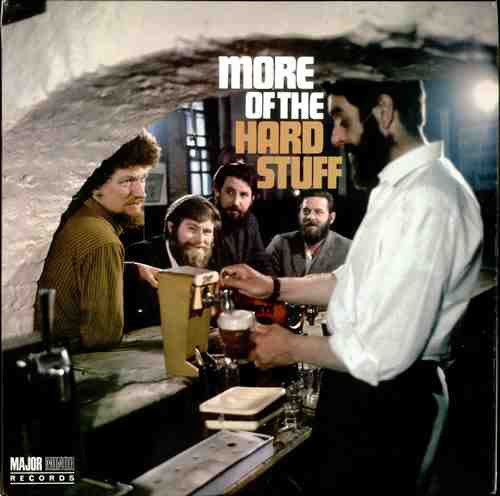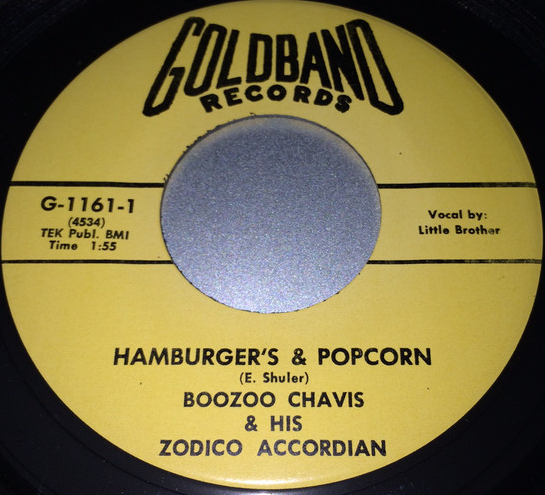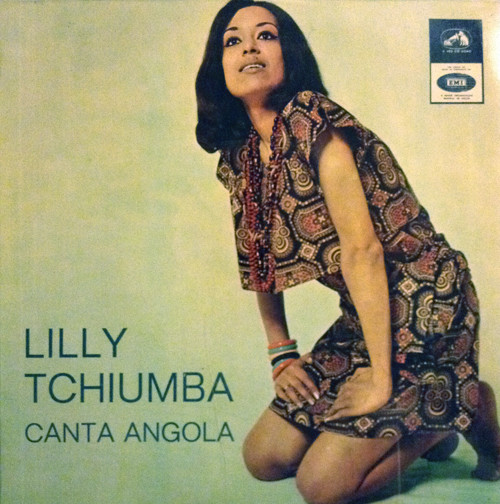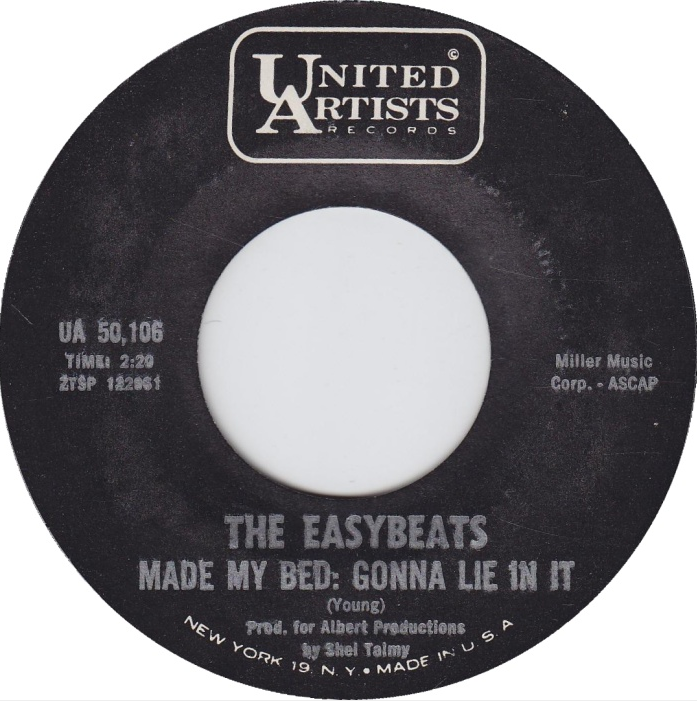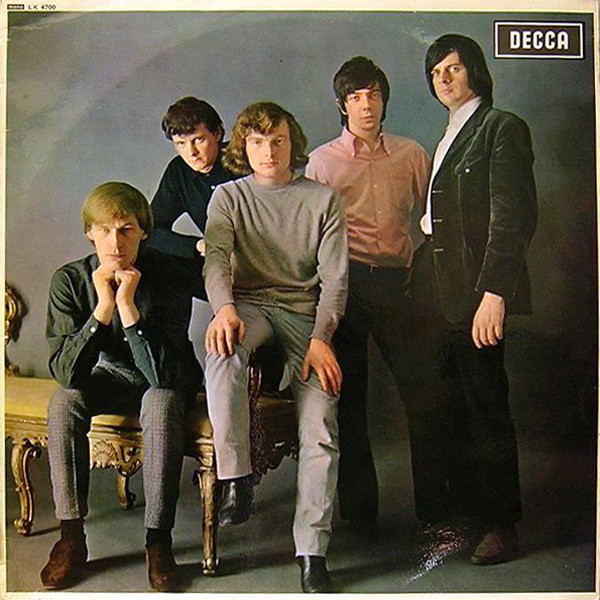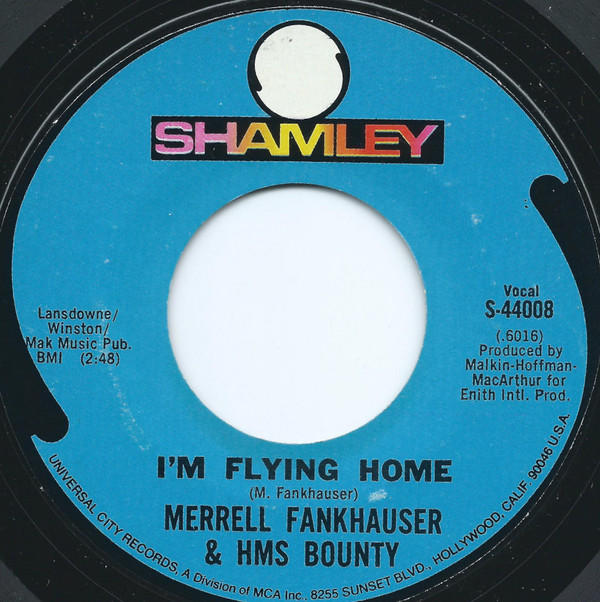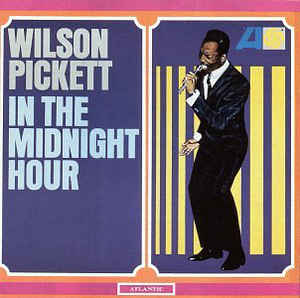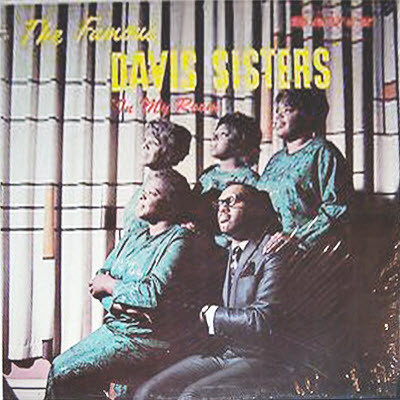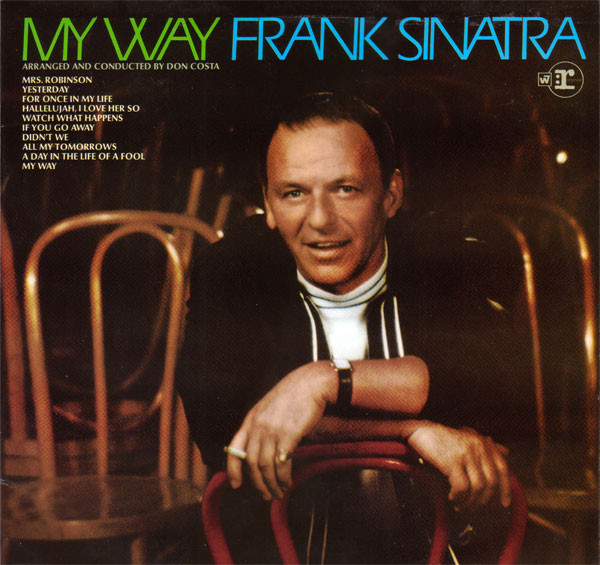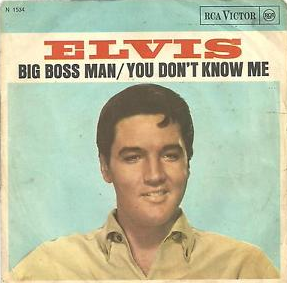
“Big Boss Man” (1967) – Elvis Presley * Written by Luther Dixon and Al Smith (credited on label to Jimmy Reed) * 45: “Big Boss Man” / “You Don’t Know Me” * LP: Clambake * Produced by Jeff Alexander and Felton Jarvis * Label: RCA * Billboard: #38 (Hot 100)
Putting aside questions of quality and substance, Elvis’s sixties movie output—the songs and the films themselves—have this animatronic, sped-up feel. Have you noticed? The effect is of everyone involved being in a hurry to get it over with. In context, “Big Boss Man” (a 1961 hit for Jimmy Reed), which Presley chose along with four other songs to round out the Clambake soundtrack’s seven prescribed film offerings, comes off as a grievance aimed toward the boss men (with tall shadows, at least), who had the king himself “workin’ round the clock.” Top-notch chicken-picker Jerry Reed (no relation to Jimmy), who also appears on the Clambake album’s version of his own “Guitar Man,” gives the message even more punch. The label credits Jimmy Reed as the writer, with no one having bothered to see that Reed’s original version credited songwriters Luther Dixon and Al Smith.

